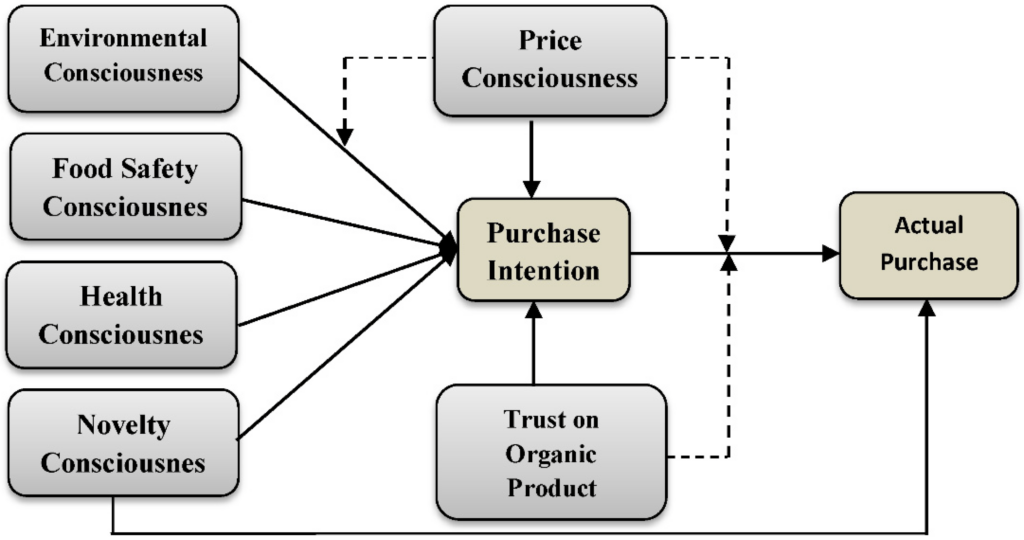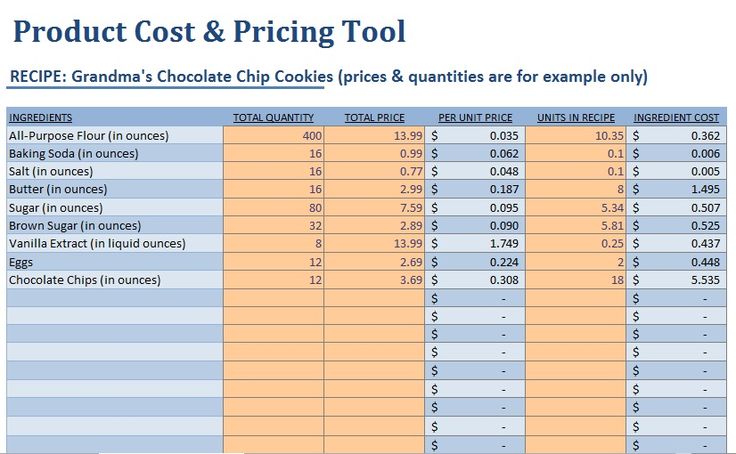Post map
ToggleIn the restaurant business, pricing a dish is a crucial challenge. Price is not only a determining factor in attracting customers but also directly affects the profitability of the business. Today, Optimal Fb will explore diverse methods of pricing food that ensure customer satisfaction and carefully consider profitability.We will discover how to price a food product and easiest approach to solving this difficult problem.
Learn about the price of a food product
The selling price is not just a simple number, but it is also a key factor in generating profits for businesses and restaurants and meeting customer expectations. It is not just an amount that customers have to pay but also reflects the value of the food product and the brand positioning in the market.
In each period, businesses and restaurants have to adjust the price of food according to market fluctuations and market demand. Factors such as competition, production costs, and market demand will affect the pricing decision. This requires flexibility and strategy in determining product prices to ensure a balance between business interests and customer satisfaction.
The role of price in a food product
In the restaurant business, determining the selling price of food plays an important role and has a profound impact on the business operations of a company or restaurant. Below are important points about the importance of determining the selling price:
- Profit and capital management: One of the most important benefits of determining the selling price of food is to help restaurants easily calculate profits and manage capital accurately. The selling price of food is not only a direct factor in the profitability of the business but also affects the compensation of other costs such as cooking costs, advertising, and operating costs.
- Competitiveness: The selling price of food plays an important role in competing with competitors in the market. Customers tend to compare the prices of the same product between restaurants or food businesses. Therefore, setting a reasonable and competitive selling price will directly affect the purchasing power of customers for each unit of product.
- Brand positioning and reputation: Determining a reasonable selling price for food products also helps restaurants establish their brand positioning in the market. A suitable food price will help the restaurant create a positive impression with customers, enhance its reputation, and have a strong position in the food business market. At the same time, this price also contributes to building a professional and reliable restaurant brand image in the hearts of customers.

Factors that make up the price of a food product
Determining the price of a dish in the restaurant business is not just a simple process, but requires careful calculation and consideration of various cost factors. Below is a detailed analysis of the factors that affect the process of determining the price of a dish:
- Direct costs: These are the costs that the restaurant has to pay directly to produce a unit of food. It includes costs for main ingredients such as meat, fish, vegetables, spices, and other necessary ingredients for food processing. Each component has its own cost, depending on quality, origin, and the market.
- In addition, direct costs also include fees related to the processing process such as energy, water, gas stove or oven costs. Calculating direct costs accurately is extremely important to ensure that the selling price of the dish will not be lower than the production cost.
- Indirect costs: These are indirect costs related to the food processing process, but still have a significant impact on the final price of the product. Indirect costs include restaurant management costs, marketing, and advertising costs, as well as equipment maintenance and repair costs.
- Service quality is also an important factor in indirect costs because a restaurant that provides better service often needs to invest in staff, training, and improving service quality. These factors also need to be carefully calculated when determining the selling price of the dish.
- Employee costs: One of the most important factors that affect the price of a dish is employee costs. The restaurant needs to pay salaries to employees from the kitchen to the serving and cashier staff. The salary level of each employee depends on the job position, experience, and professional level, and this total cost also needs to be carefully calculated to ensure that the selling price of the dish still ensures profitability for the restaurant.
- Other costs: In addition to the above factors, there are also some other costs that the restaurant has to bear, such as rental costs, equipment, and facilities. Although not directly related to food production, these costs still create added value and affect the final price of the product.
- Other costs: Besides the above factors, there are several other costs that restaurants must bear, such as the cost of renting premises, equipment, and devices. Although not directly related to the production of the dish, these costs still create added value and influence the final price of the product.
How to price a food product
Pricing a food product is a complex process that requires careful consideration and meticulous calculation from various perspectives. Below are some important factors to consider when pricing a food product:
Cost of ingredients: The cost of ingredients is one of the most important factors in determining the price of a food product. This includes the cost of main components such as meat, fish, vegetables, spices, and other necessary ingredients to create the product. Accurately calculating the cost of ingredients is extremely important to ensure that the final selling price does not fall below the production cost.
Production costs: In addition to the cost of ingredients, production costs also need to be considered. This includes energy, water, labor costs, and other costs directly related to the product manufacturing process. Calculating manufacturing costs helps ensure that a product’s selling price fully reflects production costs and desired profits.
Management and operational costs: Management and operating costs include costs that are not directly related to the production of the dish, but still have a significant impact on the final price of the product. This includes staff costs, rental costs, equipment maintenance, and other costs related to the daily operations of the restaurant.
Marketing and advertising costs: Marketing and advertising costs are important factors in determining the price of a food product. This includes advertising costs on various media, costs for creating advertising materials, and expenses for online advertising campaigns.

Market and competition: Another important factor to consider is the market and level of competition. The price of a food product also needs to be considered in comparison to similar products in the market and reflect the value compared to competitive rivals.
Distribution costs: Distribution costs include the costs associated with transporting, storing, and distributing the product to the final customer.
In summary, pricing a food product requires careful consideration of various factors, from production and ingredient costs to management and operational costs, as well as market and competition. This helps ensure that the final selling price is fair and reasonable while still ensuring profitability for the business.
The article on Optimal FB has shared detailed and accurate information, hoping that the content we share can help you understand the concept and role of pricing a food product and successfully carry out the pricing of a food product.
Contact Info
Are you in need of Facebook advertising or need to rent a quality Facebook advertising account? Don’t worry! Optimal FB is a unit specializing in providing reputable Facebook accounts, as well as direct advertising support. Provides all types of advertising accounts such as casino facebook ads to help you reach and create fast conversions.
Frequently asked questions
Determining the price of fast food is a complex process that requires careful consideration of various factors. In this process, restaurants and fast food outlets need to consider several important factors such as raw material costs, labor costs, operating costs, and the desired profit of the business. First, raw material costs are an important part of determining the price of fast food, including the costs of main ingredients such as meat, fish, vegetables, spices, and other necessary ingredients to create the product. Next, labor costs must be taken into account, including the wages of staff involved in the preparation and serving of food. Additionally, operating costs are an essential factor, including costs of renting space, water, electricity, gas, and other operating costs directly related to the daily operations of the fast food outlet. Finally, the desired profit of the business must also be considered to ensure that the final selling price not only reflects the operating costs but also generates profit for the business. In summary, the process of determining the price of fast food requires careful consideration of various factors to ensure that the price is reasonable and balanced with production costs and the desired profit of the business.
When determining the cost of food, it is important to consider several key factors to ensure fairness and efficiency. First, calculate the necessary raw material costs to produce the food, including the cost of meat, vegetables, spices, and other ingredients. Next, consider labor costs, including the wages of staff involved in the preparation and serving of food. Additionally, operating costs such as rent, utilities, and other costs related to daily operations cannot be overlooked. Finally, ensure that the cost of food includes a reasonable profit for the business. All of these factors need to be carefully considered to determine a final price that accurately reflects production costs and ensures profit for the business.


